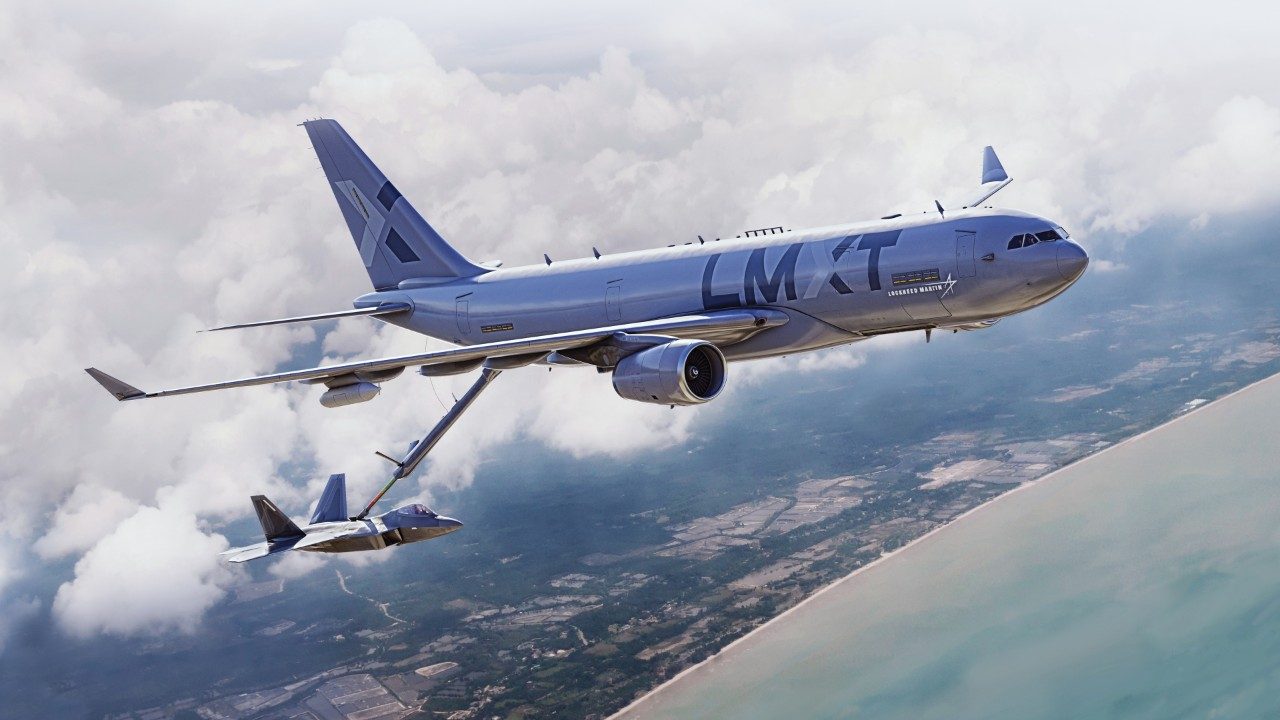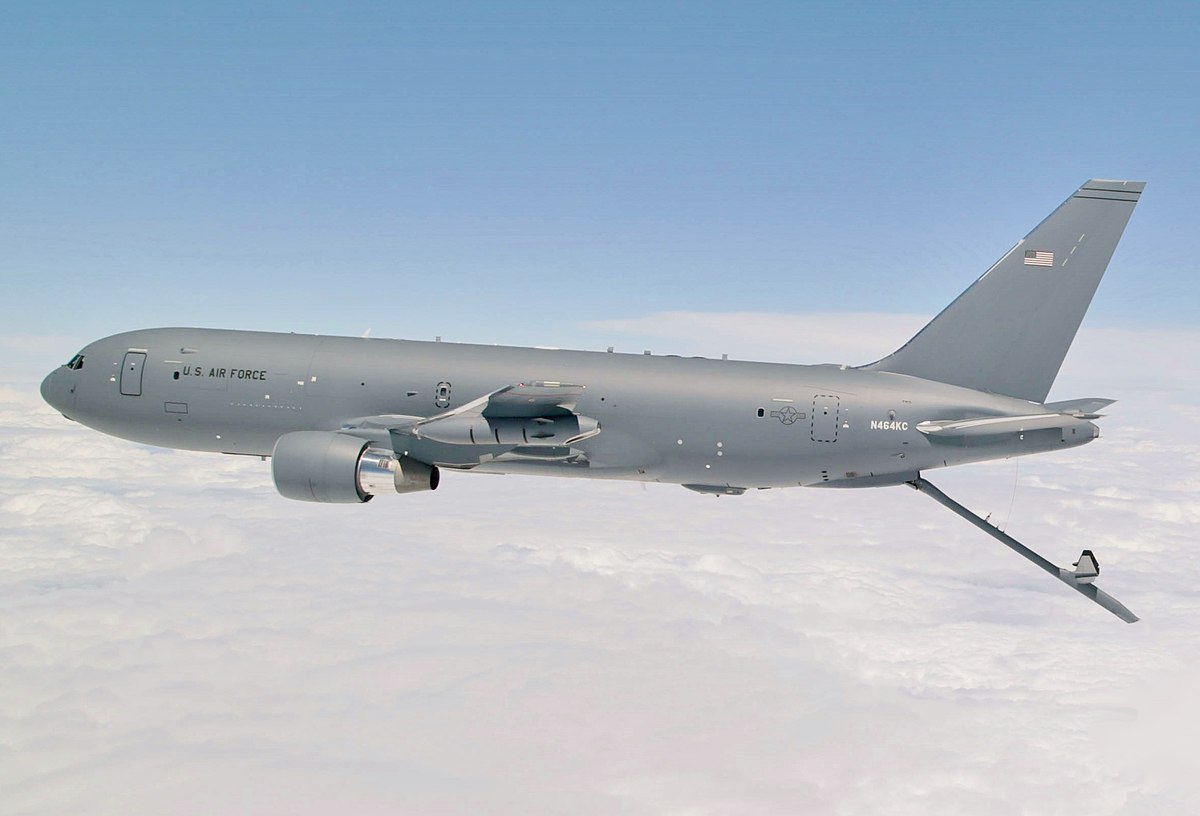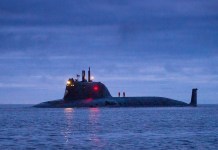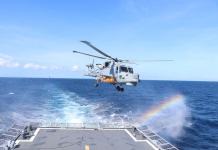Lockheed Martin and Airbus would manufacture mid-air refuellers in Alabama and Georgia if the US Air Force picks their aircraft over the one proposed by rival Boeing, the two companies announced on January 31.
F-35B Stealth Fighters: STOVL Warplanes Of Navy & Air Force To Be Integrated To Enhance ‘Expeditionary Capabilities’ — Italy
Larry Gallogly, Lockheed Martin Aeronautics’ LMXT program director, explained the company’s manufacturing plans. The proposed aircraft will be assembled in Mobile (Alabama) before being carried to a Lockheed factory in Marietta, Georgia, where specific military refueling and electrical equipment will be installed.
Our LMXT offering for the @usairforce will be built in Georgia and Alabama and extend our 60+ year history of delivering tankers to U.S. and global operators.
Watch for more on how our proven, ready solution will fuel future missions. pic.twitter.com/jdtgGPrlEV
— Lockheed Martin (@LockheedMartin) January 31, 2022
According to Gallogly, the effort would result in the creation of 1,300 jobs in Mobile and Marietta. Airbus would have to enlarge its Mobile facility to handle widebody manufacturing, whereas Lockheed would be able to use existing hangars that were previously used to build the massive C-5 cargo plane.
The LMXT (next-generation strategic tanker) is the name given to the new tanker by Lockheed Martin and Airbus. It would be a new variant of Airbus’ Multi-Role Tanker Transport, or MRTT, an A330-based tanker operated by 14 multinational militaries and built in France and Spain.

Over the next decade, the Air Force aims to buy up to nearly 160 new tankers, stirring up a long-running rivalry between commercial aircraft manufacturers Airbus and Boeing.
The Air Force has given Boeing a contract to manufacture 179 KC-46 tankers, which are modified 767 airliners. However, the business has faced design and quality-control issues, leading to delays and $5.4-billion financial loss.
Manufacturing Facilities And Timeframe
The new version offered to the Air Force will have additional fuel capacity and new special communications technology, but it will still employ the same boom and refueling system that is currently certified for US aircraft, Gallogly said.
“It’s important to us that this be built in America by Americans for Americans. So we’re trying to source as much of the supply chain in the United States as we possibly can, recognizing and respecting that there’s a very successful existing supply chain that supports the MRTT right now,” Gallogly said.
Gallogly estimated that each of these planes would take three to four years to build. A ‘green’ A330 (tanker) will need two years to build and another 18 to 24 months to convert it into an LMXT. As production ramps up, that period may shorten.
Ironically, as part of a previous relationship between Airbus and Northrop Grumman, the Airbus facility in Mobile was presented as a site for assembling A330s and converting them into MRTTs for the US Air Force.
In 2011, Boeing’s 767-based KC-46A outperformed Northrop Grumman and Airbus’ projected Americanized MRTT derivative, the KC-45A.

Airbus is currently converting A330s manufactured in France into MRTTs in a facility in Spain. The Mobile assembly line will need to be stretched to cater to the increased workload in order to fulfill the bridge tanker requirements.
Similarly, the L10 facility at Marietta will need to be altered to enable the LMXT conversions, but the details are still being worked out.
The L10 building was chosen by Lockheed Martin as it provides an enormous amount of physical space, to begin with. This facility is large enough to hold four Galaxy transport planes at once, leaving plenty of area for a tanker conversion line to be established.
The LMXT program would proceed “recognizing and respecting that there’s a very successful existing supply chain that supports the MRTT right now,” Gallogly added. “We don’t want to do anything that is going to increase the overall cost of the aircraft or induce any risk into our production and performance with this aircraft.”
Lockheed Martin has made it quite clear that it wants to avoid making any needless changes to the basic MRTT architecture or its components, while also maximizing the usage of American-produced components.
Advantages Over Boeing KC-46A
Boeing intends to present the KC-46A for the Bridge Tanker contract once more although the entry of any new player in the competition is still unknown.
Lockheed Martin is promoting the LMXT claiming it offers significant benefits over the KC-46A and existing MRTT variants. Even though the Air Force hasn’t finalized its specifications, the LMXT configuration places a strong emphasis on fuel capacity, which Lockheed Martin anticipates to be a crucial element in determining which design the service chooses for the Bridge Tanker deal.
The LMXT now has a total fuel capacity of 135 tonnes, both for internal use and for dumping into receiving aircraft, as well as a range of 10,000 nautical miles when flying unrefueled. This means the plane can store more gas than a standard MRTT and fly further without having to refuel, but it comes at the cost of cargo room.
Gallogly also emphasized the maturity of the underlying MRTT architecture, notably the Airbus-designed refueling boom and the remote vision system used by boom operators in the main cabin to navigate it into receiving aircraft.
The KC-46A’s boom and vision system are among the major issues that have afflicted the plane in recent years. The Air Force and Boeing will take time to overcome these flaws, which have severely hampered the aircraft’s utility. There are doubts that the plans for repairing the Pegasus’ boom and remote vision system could result in new issues and delays in getting the plane back into service.
ICYMI — The 55th #KC46 arrived at its operating base last week! In total, we've delivered:
✅ 8 to Altus Air Force Base
✅ 21 to McConnell Air Force Base
✅ 5 to Joint Base McGuire-Dix-Lakehurst
✅ 12 to Pease Air National Guard Base
✅ 9 to Seymour Johnson Air Force Base pic.twitter.com/Njc9EwgR77— Boeing Defense (@BoeingDefense) January 31, 2022
Boeing has recently delivered the 55th tanker to the Air Force. But Lockheed Martin’s intentions to manufacture and upgrade LMXTs in the United States, as well as its emphasis on forging US-based supply chains, demonstrate how desperately it is trying to win the contract.
- Contact the author at ashishmichel@gmail.com
- Follow EurAsian Times on Google News




